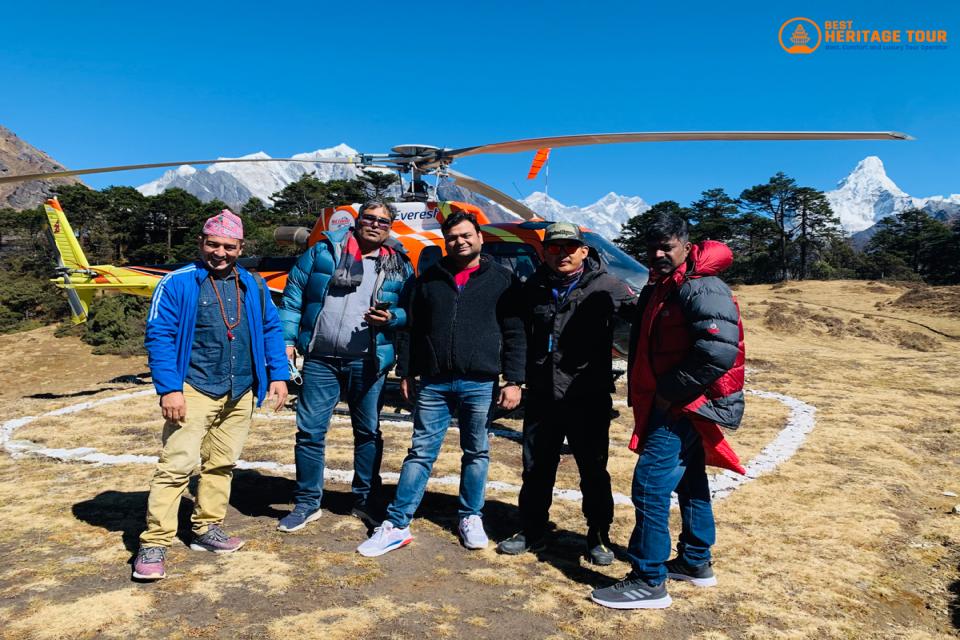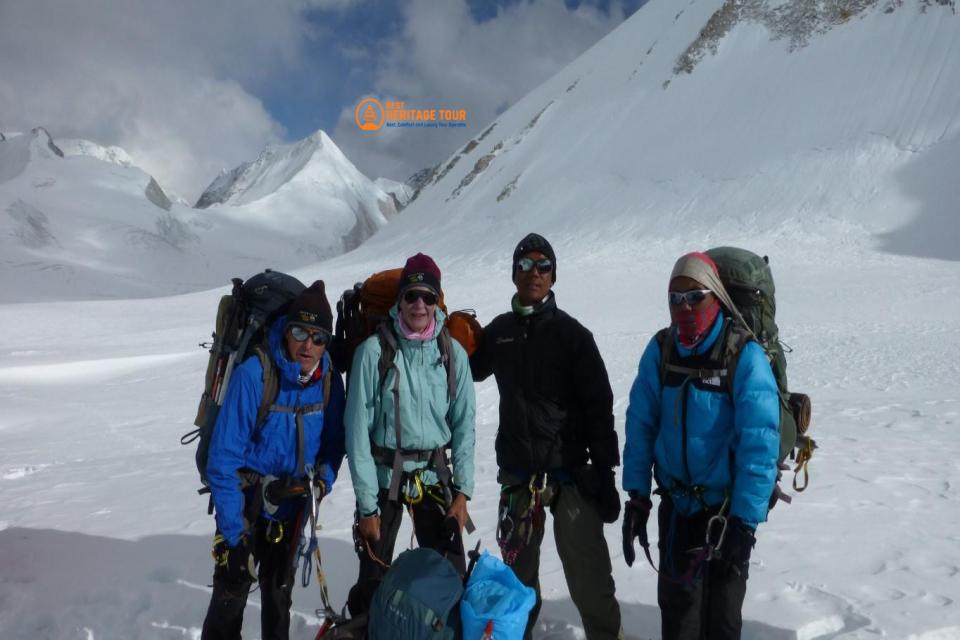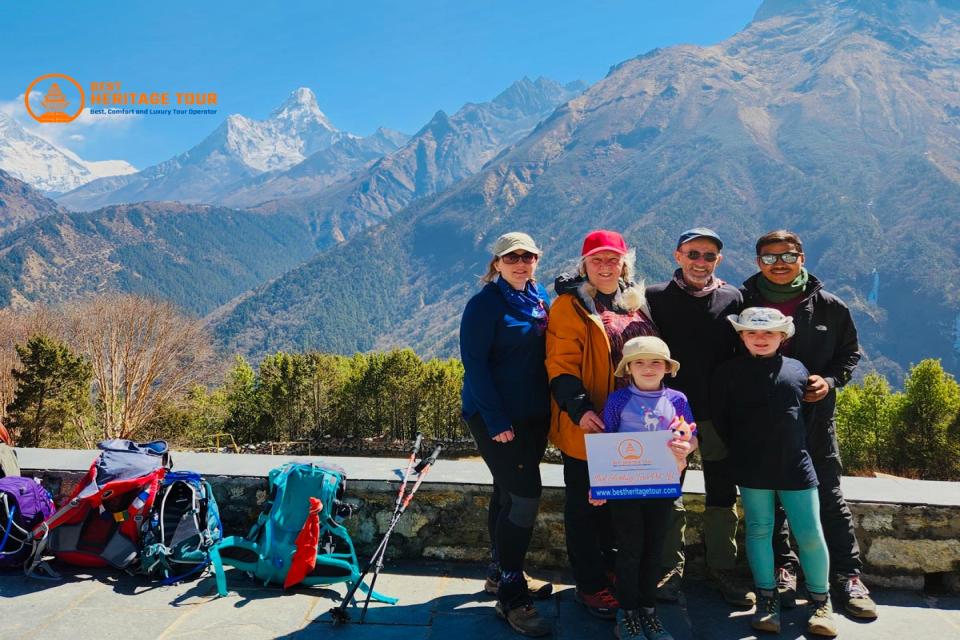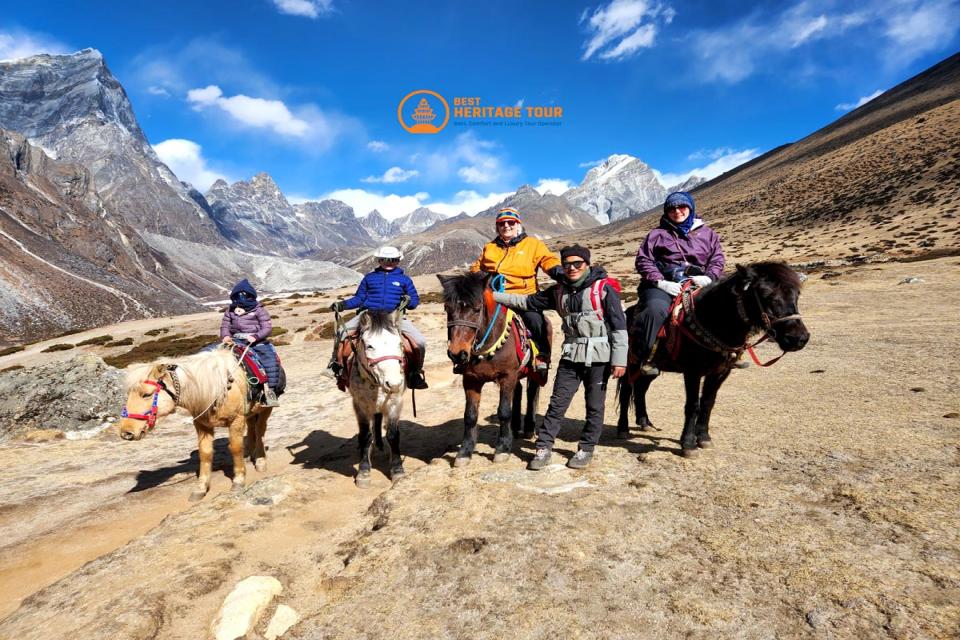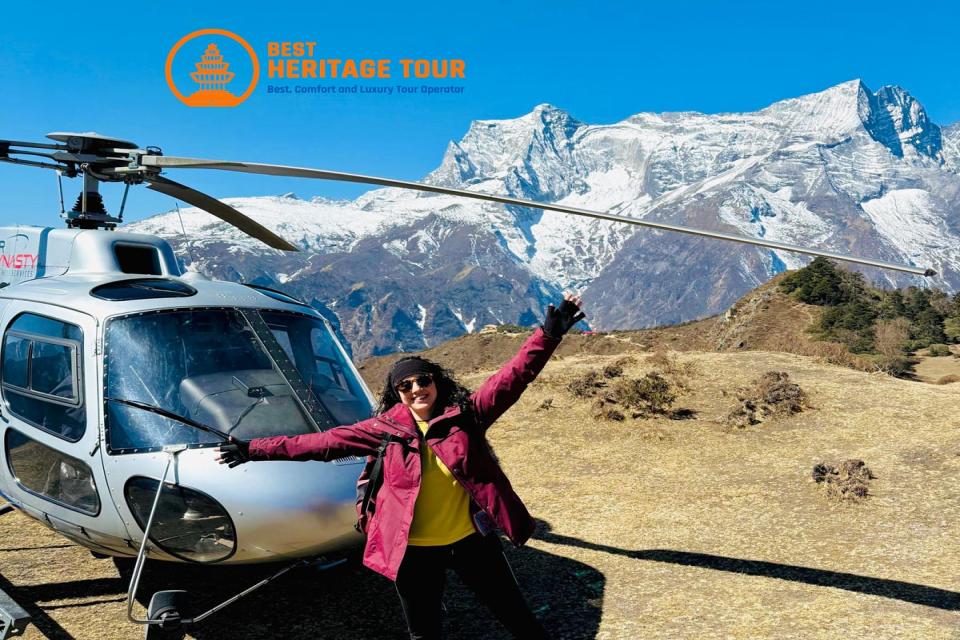Trekking to Everest Base Camp (EBC) is a dream for many adventure seekers and trekking enthusiasts. The majestic landscapes, towering peaks, and vibrant Sherpa culture make it a journey like no other. But when it comes to preparing for this adventure, one of the most critical decisions is choosing the right sleeping gear. Your nights at high altitude can make or break the experience, and that’s where the debate between quilts and sleeping bags comes into play.
In this guide, we’ll dive deep into the differences, advantages, and considerations for choosing between a quilt and a sleeping bag for your Everest Base Camp trek, ensuring you stay warm, comfortable, and ready for the challenges ahead.
Understanding the Basics: Quilt vs Sleeping Bag
Before we discuss which option is best for Everest Base Camp, it’s essential to understand what quilts and sleeping bags are and how they differ.
What is a Sleeping Bag?
A sleeping bag is the traditional choice for trekking and camping. It’s a fully enclosed, insulated bag designed to keep your body warm in cold environments. Sleeping bags come in various shapes and sizes, from mummy-shaped bags designed for maximum heat retention to rectangular bags for more room and comfort.
Pros of Sleeping Bags:
-
Full-body insulation, including your feet and torso.
-
Better at retaining heat in extremely cold conditions.
-
Available in various temperature ratings for high-altitude trekking.
Cons of Sleeping Bags:
-
Bulkier and heavier, making it harder to carry for long treks.
-
Less versatile than quilts; they can be restrictive in movement.
-
Can cause overheating in milder conditions.
What is a Quilt?
A quilt is a more modern and minimalist alternative to the sleeping bag. It is essentially an insulated blanket designed to be used with a sleeping pad. Quilts are open on the bottom, relying on your pad for insulation from the cold ground.
Pros of Quilts:
-
Lightweight and compact, perfect for high-altitude treks where every gram matters.
-
Offers better ventilation and reduces overheating.
-
Flexible and allows more movement inside the tent.
-
Can double as a blanket during the day.
Cons of Quilts:
-
Open-bottom design requires a good sleeping pad for insulation.
-
Less effective in extreme cold if not paired properly with a pad.
-
May take time to get used to if you are accustomed to traditional sleeping bags.
Why Choosing the Right Sleeping Gear is Crucial for Everest Base Camp Trek
The Everest Base Camp trek takes you to altitudes of up to 5,364 meters (17,598 feet). At these elevations, temperatures can drop well below freezing, especially at night. Hypothermia and frostbite are real risks, so your sleeping gear is not just about comfort - it’s about survival.
Some key factors to consider when choosing between a quilt and a sleeping bag for EBC are:
-
Temperature Ratings: Make sure your gear can handle -15°C to -20°C in the high camp areas.
-
Weight and Portability: Trekkers often carry their own gear, so lightweight options are preferable.
-
Sleeping Pad Compatibility: Quilts require a high-quality sleeping pad for insulation.
-
Personal Sleeping Style: Are you a mover in your sleep, or do you prefer to stay in one position?
Comparing Quilts and Sleeping Bags for Everest Base Camp Trek
Let’s break down how each option fares in the context of an EBC trek.
1. Warmth and Insulation
Sleeping Bags:
-
Sleeping bags with down insulation offer superior warmth-to-weight ratio.
-
Mummy-shaped sleeping bags trap body heat efficiently.
-
Ideal for extremely cold nights, especially above 4,500 meters.
Quilts:
-
Quilts rely on your sleeping pad to provide insulation from the ground.
-
If paired with a high-quality insulated pad, quilts can be almost as warm as sleeping bags.
-
Some modern down quilts are rated for temperatures as low as -20°C.
Verdict: For absolute cold protection, sleeping bags have a slight edge, but quilts are increasingly competitive when paired with proper pads.
2. Weight and Packability
Sleeping Bags:
-
Traditional sleeping bags can weigh anywhere from 1.5 kg to 3 kg depending on insulation and size.
-
Bulkier, occupying more space in your backpack.
Quilts:
-
Quilts are lighter, typically weighing 700 g to 1.5 kg.
-
Compress down much smaller than sleeping bags, leaving room for other trekking essentials.
Verdict: Quilts are a clear winner for trekkers who prioritize lightweight gear.
3. Comfort and Mobility
Sleeping Bags:
-
Mummy bags can feel restrictive.
-
Limited ability to move freely inside the bag.
Quilts:
-
Open design allows more freedom to move legs and arms.
-
Can be adjusted if you feel too warm or too cold during the night.
Verdict: Quilts provide more comfort for those who toss and turn or feel confined in a sleeping bag.
4. Versatility and Usability
Sleeping Bags:
-
Primarily used for sleeping.
-
Can double as emergency insulation if needed.
Quilts:
-
Can be used as blankets around the campfire during the day.
-
Easier to share if trekking with a partner.
-
Can be layered with other quilts for extra warmth.
Verdict: Quilts are more versatile, especially for day use at base camps or lodges.
5. Durability and Maintenance
Sleeping Bags:
-
Usually come with a protective shell fabric that withstands wear and tear.
-
Can last many years with proper care.
-
May require careful drying to maintain down insulation.
Quilts:
-
Lightweight materials can be less durable.
-
Require careful handling and storage.
-
Easier to dry due to their open design.
Verdict: Sleeping bags generally offer better durability, but quilts are simpler to maintain in the field.
Key Considerations When Using a Quilt or Sleeping Bag for EBC Trek
Regardless of your choice, here are some essential tips for staying warm and comfortable:
-
Temperature Rating: Always choose gear rated for at least 10°C below the expected night temperature. EBC nights can be freezing even in the spring.
-
Insulated Sleeping Pad: Quilts depend entirely on your pad’s insulation. Invest in a high-R-value pad.
-
Layering: Wear thermal base layers or fleece clothing inside your quilt or sleeping bag.
-
Waterproofing: Moisture is the enemy of insulation. Always use a waterproof stuff sack.
-
Ventilation: Even at high altitudes, body sweat can reduce warmth. Quilts offer better ventilation options.
-
Emergency Gear: Carry a small emergency blanket or bivy as a backup.
Expert Recommendations
As a trekking company - Best Heritage Tour, with years of experience organizing trekking across Nepal, including Everest Base Camp, our recommendations are:
-
For Extreme Cold Lovers: Choose a high-quality down sleeping bag rated for -20°C.
-
For Light Trekkers: A down quilt with a high-R-value sleeping pad is sufficient and makes your trek more comfortable.
-
For Versatility: Quilts double as blankets and are easier to adjust to temperature changes, making them ideal for trekking in spring or autumn.
Brand Tip: Look for well-known brands like Western Mountaineering, Feathered Friends, Sea to Summit, or Therm-a-Rest for high-altitude quilts or sleeping bags.
Summary Table: Quilt vs Sleeping Bag for EBC Trek
|
Feature |
Sleeping Bag |
Quilt |
|---|---|---|
|
Warmth |
Excellent, fully enclosed |
Very good if paired with pad |
|
Weight |
Heavier |
Lightweight |
|
Packability |
Bulky |
Compact |
|
Comfort |
Restrictive |
Flexible |
|
Versatility |
Limited |
Multi-purpose |
|
Maintenance |
Durable but careful drying needed |
Easy to dry, lighter care |
|
Ideal Use |
Extreme cold |
Lightweight, moderate cold, versatile |
Final Thoughts
Choosing between a quilt and a sleeping bag for the Everest Base Camp trek ultimately comes down to your personal preferences, trekking style, and altitude expectations.
-
If you prioritize maximum warmth and durability, a high-quality sleeping bag is your best choice.
-
If you prefer lightweight, flexible gear and are comfortable with using a sleeping pad for insulation, a quilt is an excellent option.
Remember, your sleeping gear isn’t just a comfort item - it’s a lifesaver at high altitude. Make an informed choice and invest in gear that ensures you sleep well, recover properly, and enjoy every moment of your Everest adventure.
Plan Your Everest Base Camp Trek
At Best Heritage Tour, we provide expert guidance, high-quality equipment recommendations, and full trekking support to make your Everest Base Camp adventure safe and unforgettable. Our team of experienced guides knows the trails, weather patterns, and essential gear requirements to ensure your trek is smooth and enjoyable.
Contact Us Today:
-
Phone / WhatsApp / Viber: +977-9851149197 / +977-9810043046
-
Email: info@bestheritagetour.com / bestheritagetour@gmail.com
-
Website: www.bestheritagetour.com
-
Office: Thamel Marg, Kathmandu, Nepal
Whether you choose a quilt or a sleeping bag, our team will help you pick the right gear, plan your itinerary, and experience the magic of Everest Base Camp safely. Start your adventure with confidence!
Author: Best Heritage Tour
Date: 21st November, 2025



